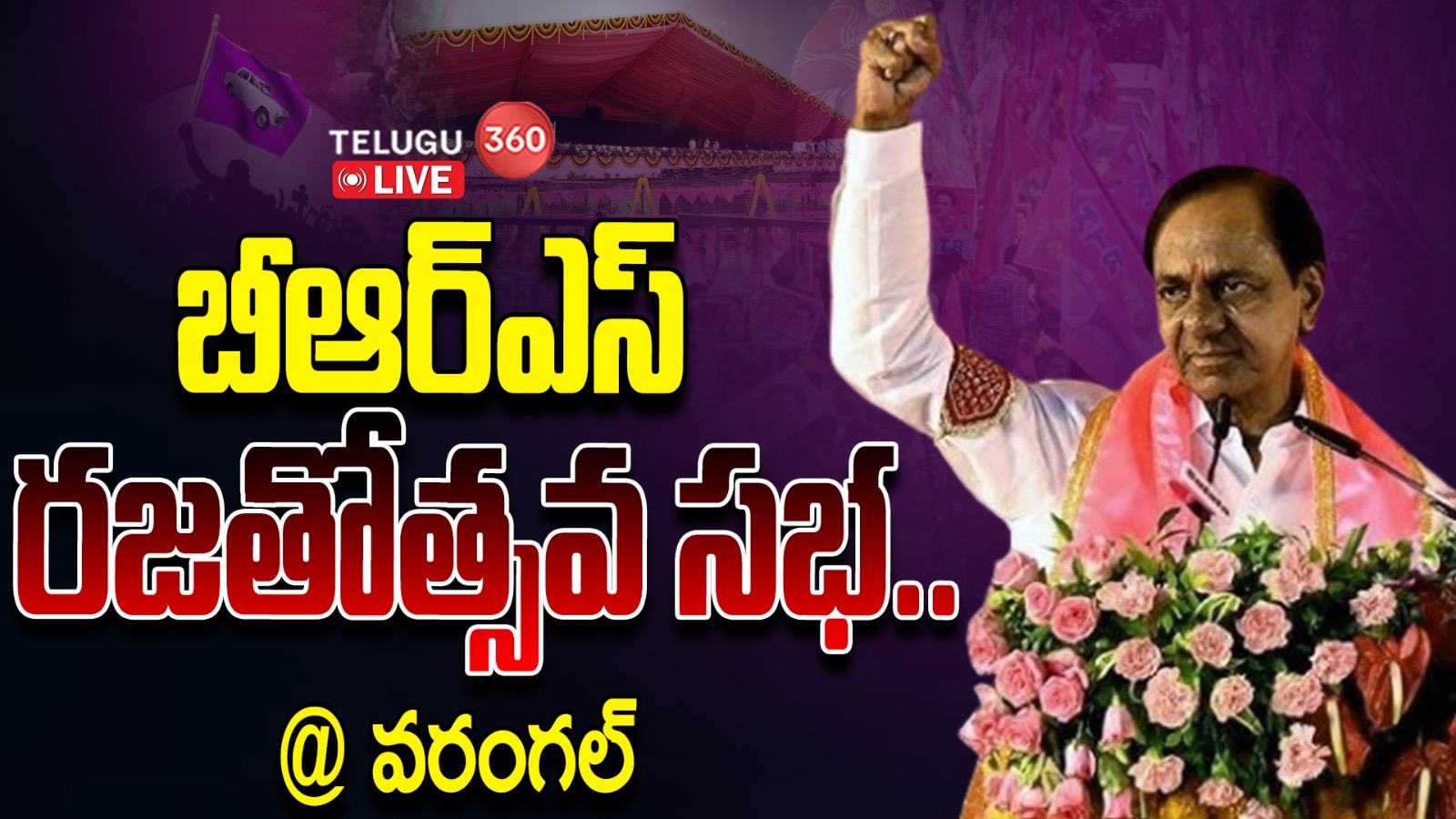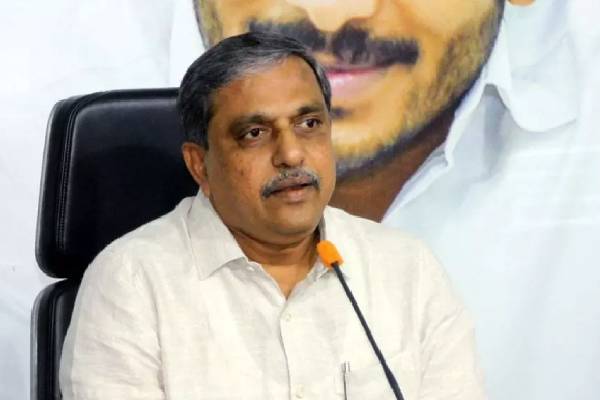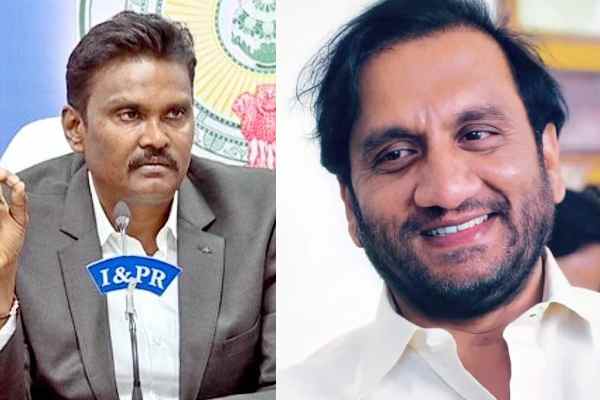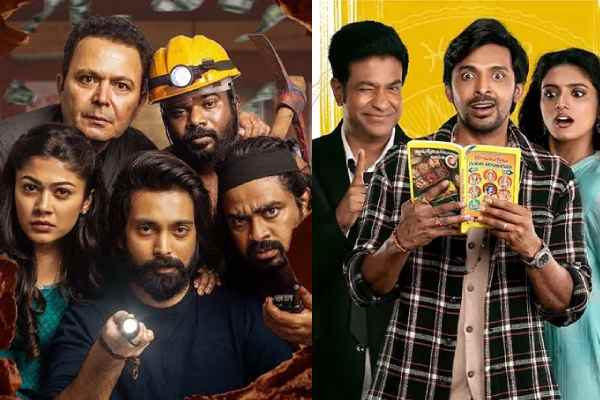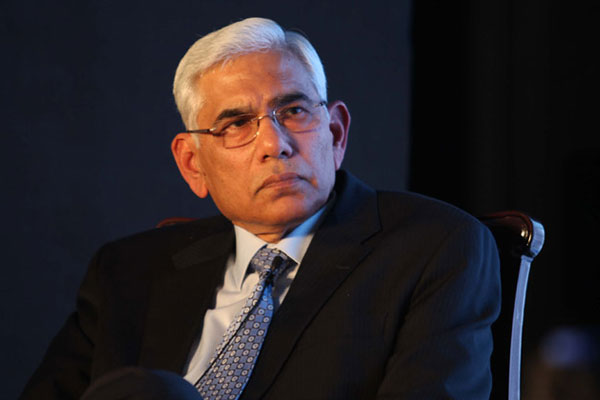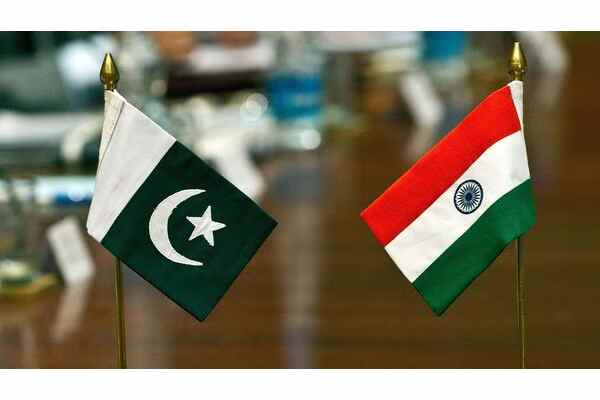Listening to and reading what the head of the Committee of Administrators (COA) Vinod Rai has been saying on sharing of the revenues with the International Cricket Council (ICC) and the Indian board, it appears he is neither talking like an accountant nor as an administrator.
The day the Indian board was isolated at the ICC vote on the new model of revenue distribution, one of the COA members apparently told a TV expert that the Indian representatives to the meeting in Dubai “did not follow the instructions of the COA”.
A couple of days later, Rai mentioned that the negotiations between the two bodies was a work in progress and compared it to bargaining at a vegetable market where the vendor quotes Rs 10, the customer says Rs 8 and they eventually they settle for Rs 9 or Rs 9.50!
Unfortunately, the economics worked out in Dubai was not as simple. Even as he said that COA and the officials, who represented the board, discussed what the ICC decided and what the board negotiated, some board members are peeved at the drastic cut.
Rai conceded that COA’s role is limited as the board officials are the elected ones and naturally they need to represent the board and argue its case. Since the ICC has rejected the boad’s contention, the issue will have to be discussed afresh as they still have time to negotiate.
Rai rightly refused to be drawn into a discussion on the possibilities of India pulling out of the Champions Trophy, delay in selecting the squad or on COA overruling any decision taken by the board. All he would say is that both of them are on the same page and confident of coming up with a solution to everyone’s liking.
The issues involved here are: What should be the equitable formula for sharing the ICC revenue and can and should India armtwist the world body threatening to pull out of the Champions Trophy in June?
The man who is at the centre of the controversy is former Indian board President Shashank Manohar, who is today the darling of world cricket for robbing India to pay the others in the fraternity.
Why this hearburn? Imagine slashing someone’s share to half from what was rightly or wrongly decided as part of a Big Three formula mooted by another Indian head of the ICC Narayanswamy Srinivasan and happily or greedily accepted by not only Australia and England but most others.
Yes, the argument is acceptable if not the quantum. By the same token bringing down India’s share from $570 million to $290 million also defies logic. The situation has become farcical with the ICC agreeing to give another $100 million to India as gratis. By the bizarre move, the ICC chief has unwittingly stated that he erred by reducing India’s share in the first place.
It would be interesting to hear Manohar or any of his executives explain how these figures were arrived it.
What Manohar has done is what a predecessor of his, Jagmohan Dalmiya, did to buy the votes by promising an equitable sharing of the ICC revenue, particularly to the Associate Members, to become the ICC president. The difference is Manohar decided to isolate his own country’s board to be friends with the entire world.
Now the question of India boycotting the Champions Trophy: That does not look a possibility at a time when their teams are doing exceedingly well at least in two of the three formats.
The protagonists of boycot will argue that India can concentrate on its Indian Premier League (IPL), saying that the instant format is the future of the sport backed by market forces.
The Indian franchises would prefer anything that will increase and improve their bargaining power. With England and South Africa also joining the market, more and more Indian team owners will be seen all over the world and the Indian diaspora is looking forward to such an expansion.
More and more countries are ready with their global T-20 big bashes and they will soon be asking for windows to promote their brands. They have realised that their top stars are no longer interested in playing Test cricket or domestic cricket and the only way to get them over is to promote the brand of cricket they like.
As it is, the IPL will have 10 teams in the next edition with the return of Chennai Super Kings and Rajasthan Royals and that means more matches or tweaking the format.
Interesting days are ahead for world cricket.





















